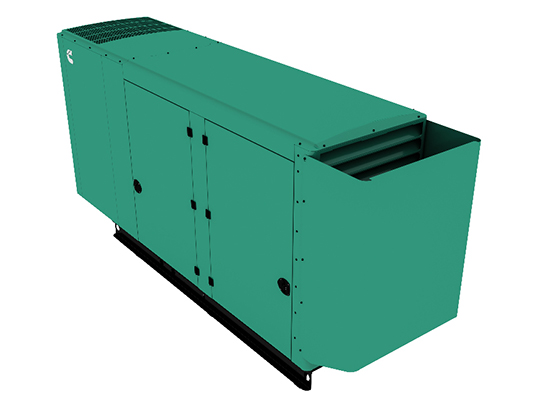Even in 2023, almost 65% of Indians live in rural areas. They have been making a significant contribution to the nation’s economic growth. However, the absence of proper transportation infrastructure in our villages is the main reason why they are still not developed at the rate they could have. The fundamental reason why our farming communities are still so underdeveloped is the lack of proper mechanisation of equipments and vehicles being used. The effect of increased diesel and petrol prices affects the available modes of transportation in rural areas as the overall income is lower than people living in urban areas. The substantial increase in fuel prices has ultimately resulted in higher prices for all goods and services.
The majority of rural residents rely on agriculture, farming, and small businesses to make a living. They rely on tractors and other LCV vehicles powered by gasoline and diesel for agricultural activities and transportation. Electric tractors can aid small company owners and farmers in increasing their overall productivity. Most of the villages are now provided with a stable supply of electricity across the country.
I came back from Europe after 10+ years, and the situation in India as far as electrification had improved a lot compared to what it was earlier. I built a school in a tier 2 city in a farming area after coming back to India. During the construction time, I was continuously in touch with the neighbouring farm owners and have never witnessed a major challenge because of a power cut for the irrigation power supply they had in their farms. The reliable electricity availability is no more a major issue in our Country, in fact, we are now electricity production surplus and 42% of our total power generation capacity is renewable.
In addition to being a major source of income and food for rural India, farming and transportation is the pillar of sustainability of the entire nation. People who live in cities completely rely on retail marketplaces to purchase their food supplies which ultimately are dependent on how efficiently food production happens in Rural areas. The rural population is very critical to meet the demand for food in the entire country. Due to the inefficient farming practices due to unavailability of the modern efficient equipment and vehicles, people have started moving to city areas in more numbers. This is not good for the country as farming is a very labour-intensive activity.
EVs can reduce the money spent towards farming and transportation expenses. The shift to EVs in rural areas has to happen first. Most of the households in Rural areas are on the ground floor, it is easy to set up charging points just on the outside of the house to charge the vehicle unlike the urban areas where most of us live in high rises and it is difficult to separately setup a point to charge an EV.
During my time in Nordic countries, I was fortunate to witness the major deployment of EVs happen there and was involved in creating the EV Charging infrastructure as part of my Electrical Distribution business there. I always wondered when this adoption of EVs will kick start in India, and I believe that now the foundation of that has been laid and there is the swift transition to EVs starting to happen and will be moving at the same pace in Rural India as in cities.
Through its Common Service Center (CSC) programme, the Ministry of Electronics and Information Technology of the Government of India has introduced the Rural e-Mobility Program recently. The government is encouraging and pushing people in rural India to start using electric cars (EVs) rather than relying on petrol or diesel automobiles through this programme. The main objective is to increase the desired market scale while minimising climate change’s effects on the nation.
India’s rural communities are increasingly adopting electric tractors and electric vehicles. Additionally, they can also easily adopt the necessary infrastructure for solar energy production. In order to further increase the deployment of EVs and electric tractors for agriculture, state officials must try to develop such policies from the standpoint of rural scenarios with the intention to improve the overall lifestyle of the rural population.
Electric vehicles, especially electric tractors have the potential to revolutionise the rural infrastructure of India. The customers can charge their electric vehicles and utilise solar for helping the nation attain its goal of net Zero even before 2070.
As in the union budget of 2023, the government has clearly shown its commitment to attaining the net zero mission. The emphasis that was provided on Agriculture and EV is really something very positive for the overall growth of the nation. The same has to be done as a combination by working on introducing EVs in rural areas as well now.
Our country is an agrarian nation and all our modern technologies should be introduced in rural areas equally as they are done in Urban areas to help our country grow faster and not only grow as an economy but to also increase our average per capita income.
About The Author :

Pankaj Goyal
The author is the Co-Founder & COO of AutoNxt Automation (https://autonxt.in) India’s First electric tractor venture and an automation technology startup.












